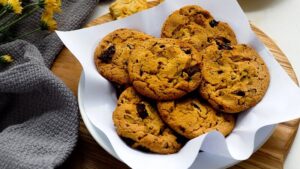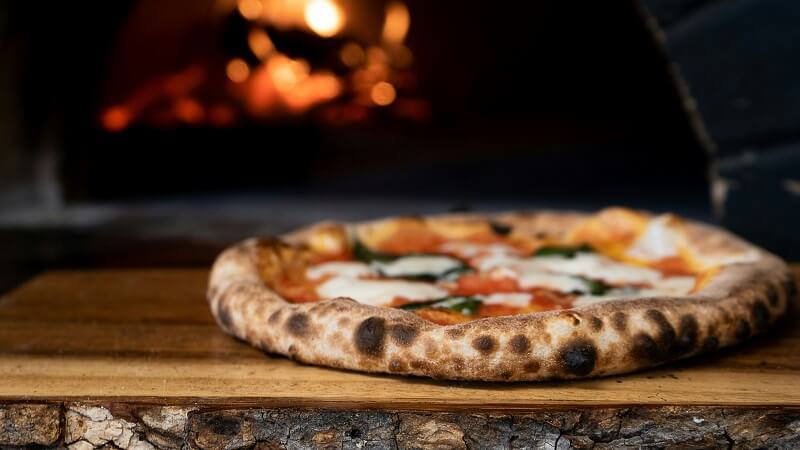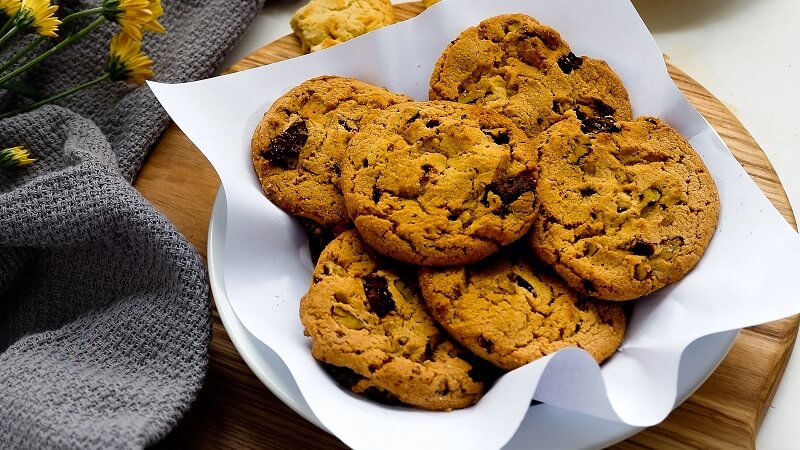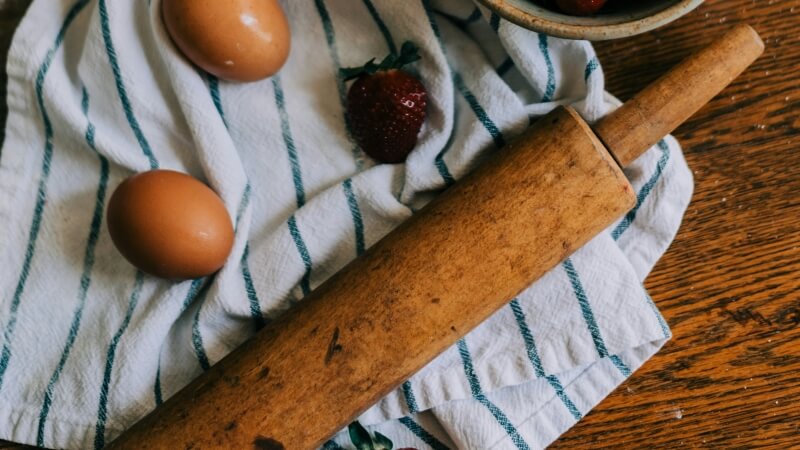
How To Make Homemade Pizza:Essential Tips and Precautions
Learn how to make homemade pizza with a simple, delicious recipe that rivals your favorite restaurant! This dough is a breeze to prepare and bakes

Whether you’re a seasoned baker or just starting out, having the right rolling pin is essential for turning out delicious homemade pies, cookies, pastries and more.
But with the variety of sizes, materials, accessories and price points available, choosing the perfect rolling pin can be daunting. This detailed buyer’s guide covers everything you need to know to select the ideal rolling pin for your baking needs.

The most popular choice, wooden rolling pins have been used for baking for centuries. Here’s what to look for when choosing a wooden pin:

Known for retaining cold, marble rolling pins are ideal for working with pastry dough. Considerations when purchasing:
Known for superior strength, metal pins shouldn’t dent or warp. Good choices include:
Flexible silicone pins mold into dough shape and prevent sticking. Good options include:
Certain add-ons help make rolling easier and more effective:

While personal preference comes into play, keeping these factors in mind will help you select a rolling pin that best suits your baking needs and style. Think about the types of dough you regularly work with, how much counter space you have, and any joint or strength limitations.
Don’t be afraid to buy a couple of different pins for different purposes! With the right rolling pin by your side, you’ll be rolling out perfect pie crusts, cookies, and pastries in no time.


Learn how to make homemade pizza with a simple, delicious recipe that rivals your favorite restaurant! This dough is a breeze to prepare and bakes

Have you ever felt like a screaming cat in the kitchen, especially when your biscuit attempts seem more like baking blunders? Well, it’s time to

Every baker knows that a rolling pin can be both a best friend and a formidable foe in the kitchen. Mastering the art of removing

As the holiday season approaches, the charm of Christmas decorating candy becomes irresistible. It’s not just about the sweetness; it’s about adding a personal touch

Learn how to make homemade pizza with a simple, delicious recipe that rivals your favorite restaurant! This dough is a breeze to prepare and bakes

Have you ever felt like a screaming cat in the kitchen, especially when your biscuit attempts seem more like baking blunders? Well, it’s time to

Every baker knows that a rolling pin can be both a best friend and a formidable foe in the kitchen. Mastering the art of removing

As the holiday season approaches, the charm of Christmas decorating candy becomes irresistible. It’s not just about the sweetness; it’s about adding a personal touch
Copyright © 2024 bakemasterrollingpin. All Rights Reserved.